You are using an out of date browser. It may not display this or other websites correctly.
You should upgrade or use an alternative browser.
You should upgrade or use an alternative browser.
Elysium..., a Roman America TL
- Thread starter Paladín Wulfen
- Start date
Threadmarks
View all 80 threadmarks
Reader mode
Reader mode
Recent threadmarks
Chapter 56 Caesar Decimus Bellicius Cornicen 2674 AUC / 1920 AD - 2708 AUC / 1954 AD Chapter 57 Caesar Titus Aurelius Fulvus 2708 AUC / 1954 AD - 2738 AUC / 1984 AD Chapter 58 Caesar Gaius Antonius Avitus Britannicus 2738 AUC / 1984 AD - 2764 AUC / 2010 AD Map of 2764 AUC / 2010 AD Chapter 59 Caesar Marcus Porcius Aquilinus 2764 AUC / 2010 AD - 2785 AUC / 2031 AD Pictures from the 2030 Chapter 60 Caesar Marcus Porcius Aquilinus Minor 2785 AUC / 2031 AD - 2825 AUC / 2071 AD Chapter 61 Caesar Gnaeus Avitus Macro 2825 AUC / 2071 AD.Nah. The Group's name will have ties with Roman history and send shivers in Elysium's spine.
I'm lost because there are so many of themWell the Guys from the country of the Political Group were considered Barabarians by Roman Empire.
Hint: The Group has common name with a failed Roman rebel.
Spartakusbund (Spartacus League)Well the Guys from the country of the Political Group were considered Barabarians by Roman Empire.
Hint: The Group has common name with a failed Roman rebel.
Sneek peak chapter 55
+++ Incoming transmission +++
+++ Opening message +++
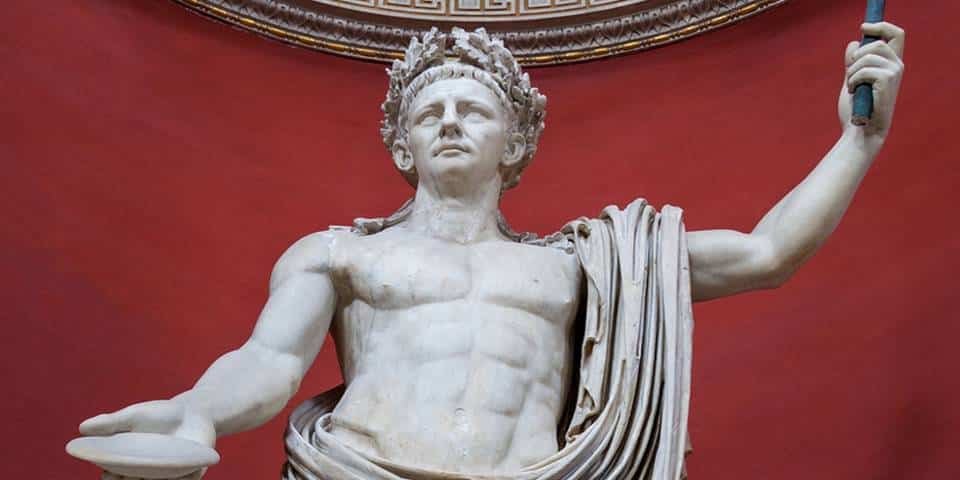

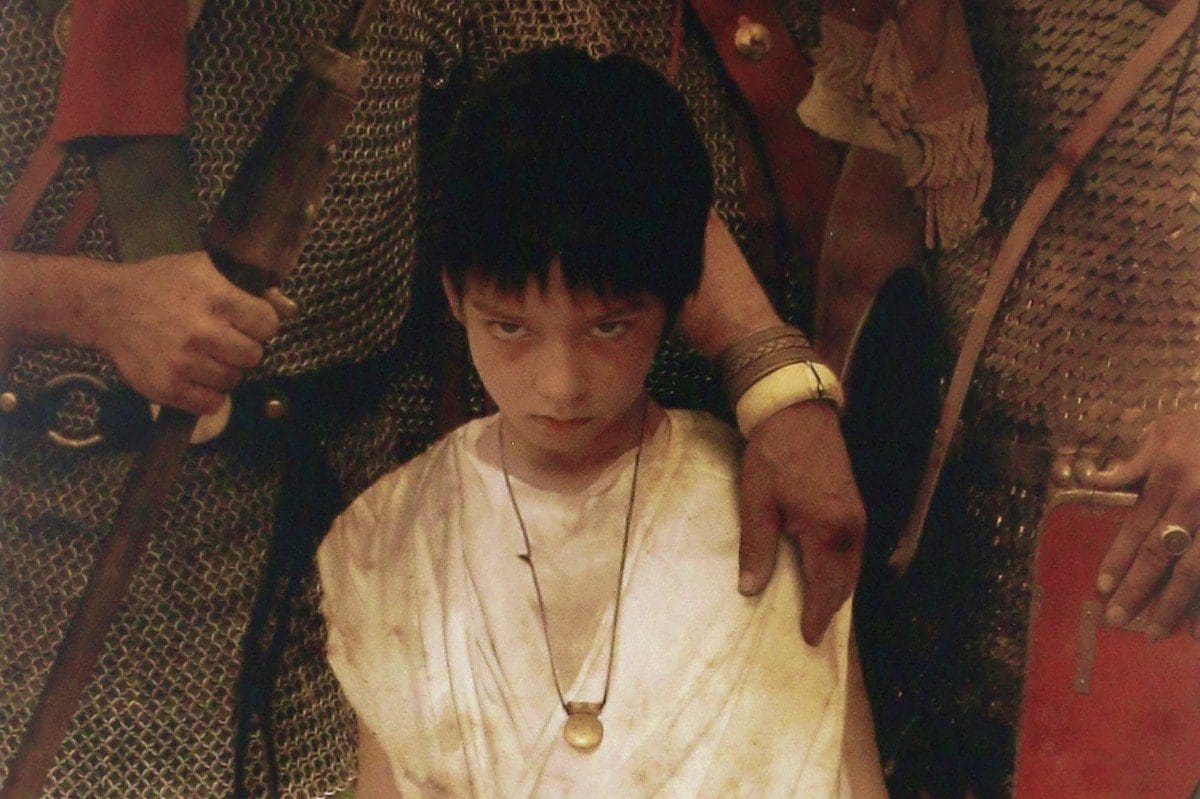
Now put your shields before your hearts and fight
With hearts more proof than shields. Advance, my fellows!
Ave Elysium. Ave Augustus Ave Imperium
Filii tui cum gladiis domum redi
+++ transmission Close +++
+++ Opening message +++



Now put your shields before your hearts and fight
With hearts more proof than shields. Advance, my fellows!
Ave Elysium. Ave Augustus Ave Imperium
Filii tui cum gladiis domum redi
+++ transmission Close +++
Gloria ad Elysium!!
Gloria ad senem Roma!!
Imperium Romanum Restituet!!
Mortem ad communistarum!!
Gloria ad senem Roma!!
Imperium Romanum Restituet!!
Mortem ad communistarum!!
Chapter 55 Caesar Lucius Caninius Rebilus 2654 AUC / 1900 AD - 2674 AUC / 1920 AD
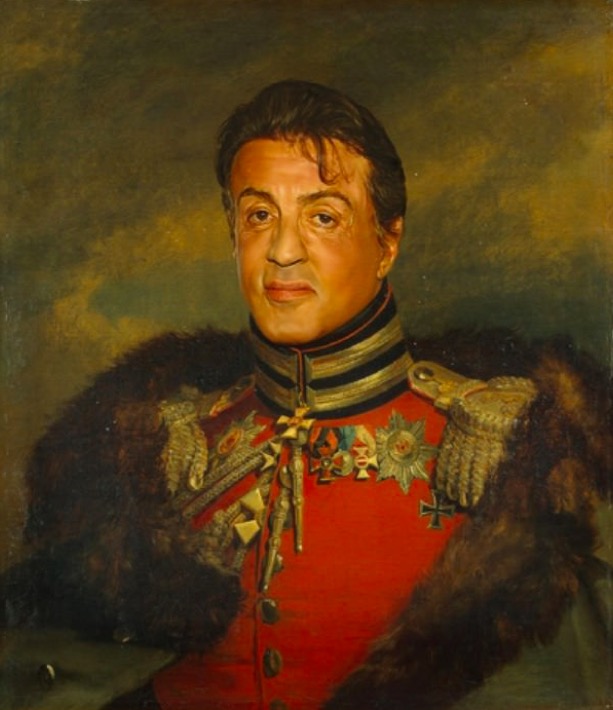
Imperator Augustus Caesar Lucius Caninius Rebilus
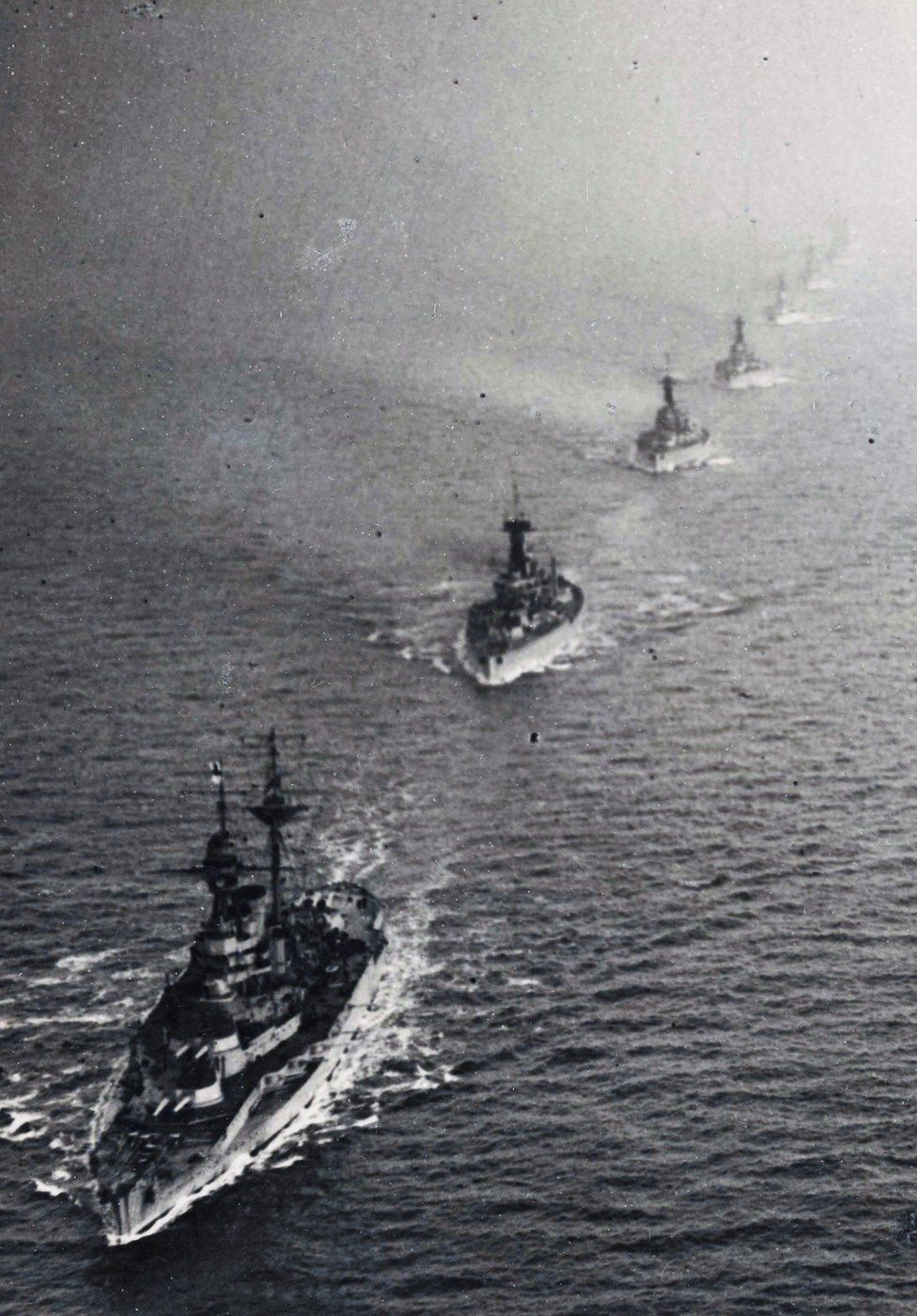
The rise to power of Lucius Caninius Rebilus, put the Aurea Reparatio Imperii Romanorum in power while all the alarms of a possible Reconquest of the Old World sounded as loud as church bells when the Mongols invaded Europe. Even so, an invasion plan was necessary. Hence the Africanus Plan, Claudius Plan and Augustus arose. The Africanus Plan consisted of an accumulation of naval forces and troops that from Civis Natalis (OTL: Natal, Brazil) would advance to Cape Verde and then Dakar to establish a bridgehead that would allow them to advance towards the north and Europe. The Claudius Plan consisted of a series of amphibious invasions of Greenland, Iceland, and finally the British Isles that would secure them a beachhead in Europe. The last plan would be Augustus, which would consist of landings on the islands of Azores, Canary Islands and Madeira, which would allow these islands to be used as jump bases for the continental invasion.

The first attempts at Aircraft Carriers were through the use of a catapult that would propel the aircraft, but they were not optimal for the latest aviation models that were heavier than expected. But in 1906, the Techneum, would finalize the design of a ship to operate aircraft at sea, with a flat flight deck, an island superstructure, deck elevators and a hangar. Several experimental flights were made to prove the concept. Publius Acilius Torquatus was the first pilot to take off from a stationary ship in November 1907. He took off from a fixed structure on the Oceanliner Freighter "Apollo", and landed after about five minutes in the air. He also became the first pilot to land on a stationary boat that had a makeshift braking system of sandbags and ropes leading directly to the arrester hook and cables described below. Then his plane turned around and he was able to take off again effectively. The first Elysium class of aircraft carriers was the Aquila class.
On the other hand, Rebilus, recognizing the importance of radio in disseminating news and messages, approved a plan whereby millions of affordable radio sets for the general public were subsidized by the government. Early radios were readily available at a price equivalent to two weeks' average wages, or a cheaper one-week model that was even sold on an installment plan. These radios at the same time provided a front for radio stations such as Radio Augustus, Vox Populi and various provincial stations that gave music and news. A similar plan was applied for Televisions, allowing half of commoner households and all equites and patricians to have one, while Patricians would have color televisions which would be a premium feature for many years to come.

To achieve the goals, talks were made with the Empire of Japan, which at the same time had developed its own versions of aircraft carriers and naval vessels and aircraft, including a long-range carrier-based fighter aircraft called the Reisen (zero fighter). The deal was simple: interrupt the Iberian war effort for as long as possible at any cost while also allowing the capture of the Philippines. For the beginning of the Augustus operation, the number of Classis ships consisted of the following roles and numbers:
- Battleships 40 (all types)
- Fleet Carrier 20
- Escort Carrier 80
- Cruiser 100 (all types)
- Destroyer 500 (all types)
- submarine 300
- Amphibious Warfare 4,000 (including small craft)
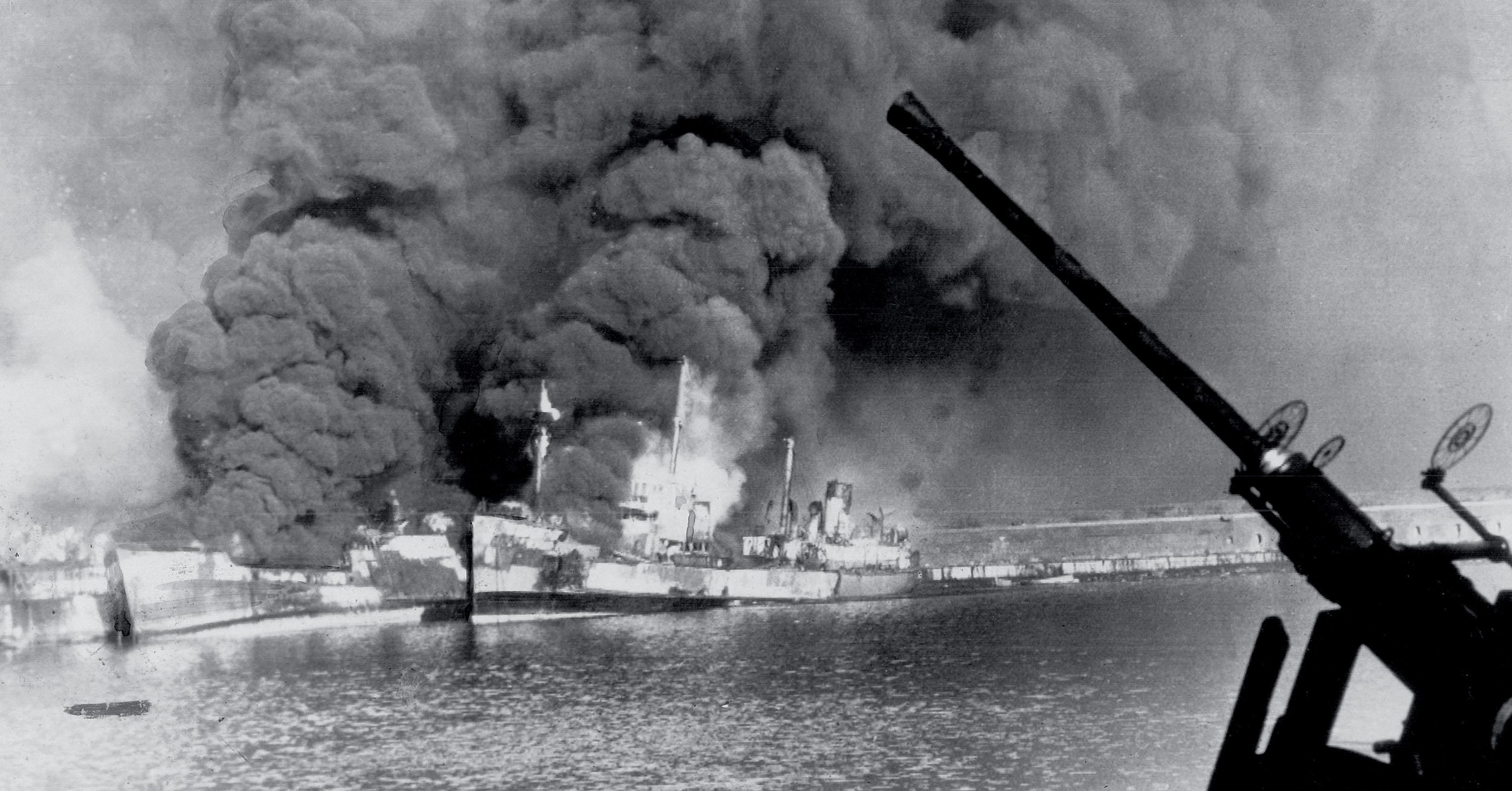
News of the attack was slow to reach Madrid mainly due to the destruction of the communications stations. So the news took 24 hours to reach Madrid and with it the decision-making. The invasion of the islands began when Imperial landing craft were detected landing on the islands' beaches. The Imperial troops invaded under cover of air support while the Iberian air force barely had time to get airborne before the carrier-based fighters and dive bombers attacked the airfields, destroying slow-moving aircraft and deploying napalm bombs against the bomb shelters. The Azores and Cape Verde would fall within 48 hours of being attacked and invaded, while the Canary Islands and Madeiras became fierce battlefields. The Iberians would end up facing the training and equipment of the imperial troops.

While the invasion in the Atlantic was taking place, Japan did the same in the Philippines. Landing in Luzon and Davao, in the first days of hostilities with a force of 60,000 troops that surpassed the superior Iberian garrison composed of 200,000 troops that included elements of the Civil Guard (a militarized police force), naval infantry and irregular militias . Due to the superiority of Japanese weapons and equipment, the Iberians were forced to use guerrilla tactics, such as booby traps, trenches, even suicide bombs, and faking death. Iberian tactics wreaked havoc on the Japanese forces but the Japanese decided to opt for the use of propaganda and divisions between native Filipinos and European Iberians. General Kamio Mitsuomi of the IJA First Division, would stand out for his good treatment with the Prisoners of War but unlike the Filipinos, the Iberians were only given half of the ration and jobs.
Finally by March 1910, the Iberians would end up surrendering mainly due to the malaria and dysentery that would plague the jungle as opposed to the occupied cities. The Japanese Empire would create in the Philippines, the United Autonomous Government of the Philippines, a puppet state at the same time that the Philippine National Army was created, a native army made up of Philippine troops with Japanese officers, whose main unofficial mission was, in principle, to serve as auxiliaries to the Japanese Army as well as serving as a local security force intended to violently repress the seditious population, as well as persecute anti-Japanese guerrilla activities. It was organized as a mobile force of light infantry to perform with little support from heavy artillery and air support from triplanes and biplanes. One notable gesture was the banning of comfort women in the Philippines, popular in Korea and Taiwan for the military. Unfortunately, Iberia would end up getting China to declare war on Japan.
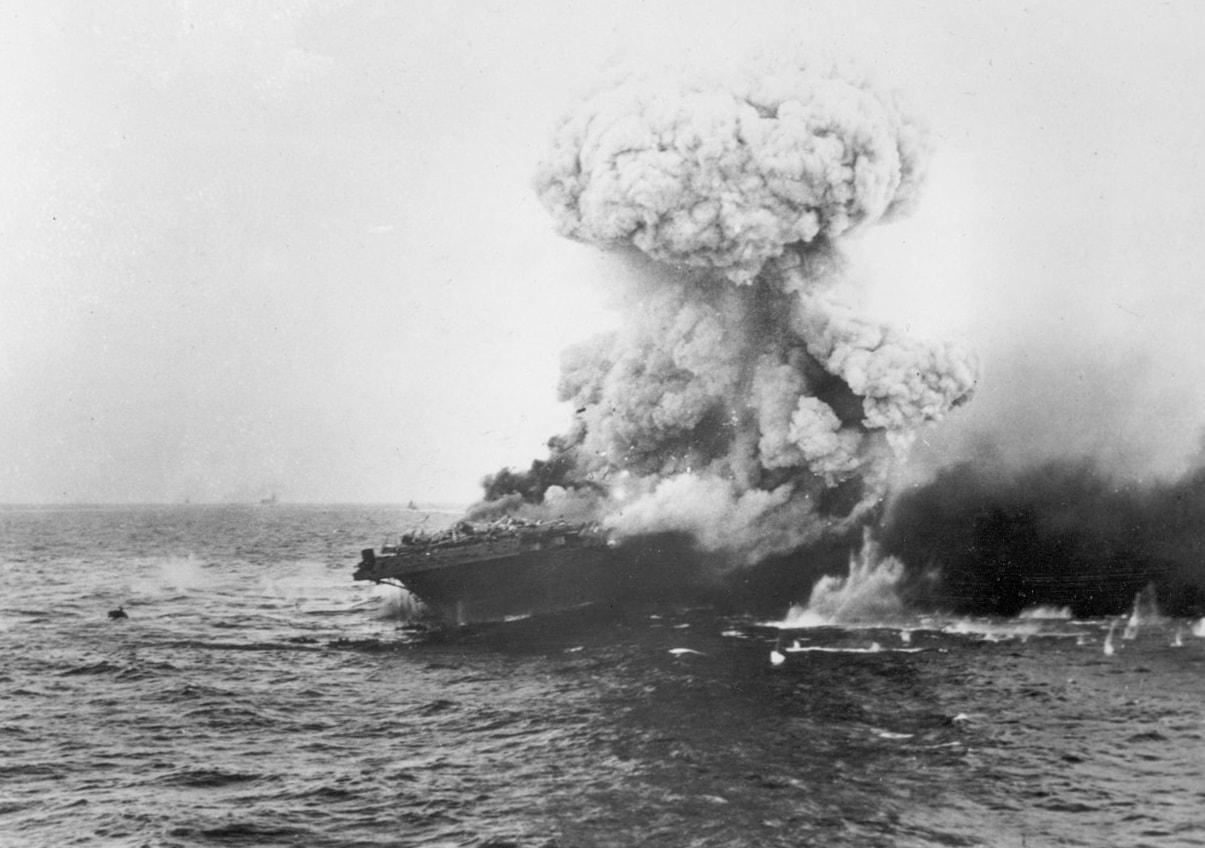
The leadership of Elysium decided to adopt a defense strategy, trying to hold the islands, fortifying them and avoiding any pitched battle until the conditions for it almost guaranteed absolute victory. This moment had finally come during the Battle of Fuerteventura in October 1910, when the Imperial military leadership decided that this was the turning point they were looking for. Over the next 90 days, a stubborn defense of the Gnaeus Aurelius Agricola Legacy forced the Iberias to overcommit their forces, which were subsequently exploited by the Classis in a brilliant maneuver. The Iberian fleet in West Africa was decimated and all forces engaged in the theater of the Islands were annihilated to the last man or forced to surrender. While Imperial casualties were enormous (twenty legions or 124,000 legionnaires), they managed to secure dominance in the islands after the battle.
But Elysium knew that Europe would not give up solely on the loss of Ships, Soldiers and Tons of equipment. If they wanted to cause true terror that would make them consider suing for peace, they needed a weapon so powerful that the Vulcan himself feared it would be used. Hence the Vulcanus Project was born in 1900. Elysium had not abandoned its race for knowledge to the point where amazing discoveries were being made simultaneously. Sextius Niger had won a Prize for his work on neutrons and uranium. Doctors Aurelius Opilius, Antonius Albus, Gnaeus Acerronius, Acilius Strabo, and the Catus brothers were at the forefront of the investigation and were leading the charge. More than thirty years earlier, he measured atomic energy in the abstract of his theory of relativity. Gaius Asinius observed that a body in motion has a greater mass than a body at rest, the difference being defined by the speed of light.
The Elysian Scientists argued about fascinated, amazed, scared and disagreed with each other about what it all meant: One said that fission could not produce an explosion.

The roar of the shock wave took 40 seconds to reach observers. It was felt more than 100 miles (160 km) away, and the mushroom cloud reached 7.5 miles (12.1 km) high. The slaves who served as human test subjects described the explosion as follows: "I was looking straight ahead with my eyes staying open and covered by special goggles. fungus. After a few seconds, I lowered my goggles and watched the light go up. The intensity of the light dropped quickly, so it didn't blind my eyes like it did with others that didn't cover up, but it was still incredibly bright. It turned yellow, then red, then beautiful purple." Slave collection teams went to collect samples of the desert sand, much of it made of silica, which melted and turned into a slightly radioactive light green glass. The explosion created a crater approximately 1.4 meters deep and 80 meters wide. The first Pyrobola Atomos born.
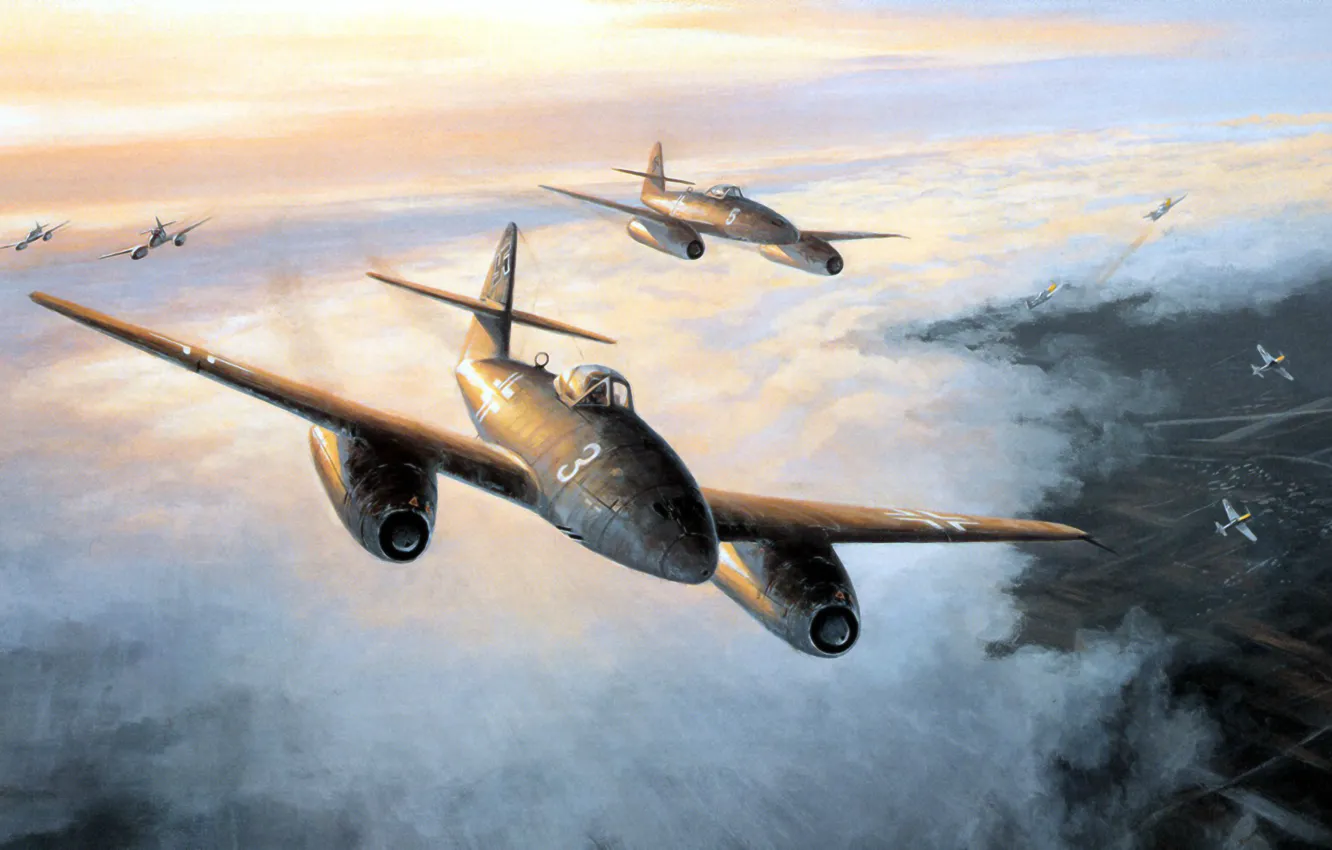
That was when April 21, 1911, a date that marked the 2664th anniversary of Rome. The Coriolanus operation was launched and two Planes took off from Gran Canarias. The first, called Equus Jupiter, was heading to the city of Agadir, in the Viceroyalty of Morocco, while the second, called Furia, was heading to Faro, Portugal. Iberian air defense radars detected the bomber air formations and several fighter wings were fired to intercept the attackers but the G-01s surprised the Iberians, decimating their fighter wings thanks to their superior speed. Finally, at 08:15 (Agadir time), the Mars Ultor Primus fell on the city of Agadir, a city that served as a waiting base for the Iberian forces that were going to attack the Canary Islands. Crewmen reported a bright flash of light, followed by a loud rumbling sound.
Some 300,000 people were killed by the explosion and resulting firestorm, and another 100,000 were injured. Around 350,000 soldiers were killed. While in Faro, it had been one of the largest seaports in the south of Portugal, and was of great importance due to its extensive port activity, to the point that it served as a waiting port for some naval elements. On the day of the bombardment, it is estimated that around 300,000 people were in Faro, including almost 50,000 Iberian sailors. Mars Ultor Secundus was dropped at 10:02 am from Portugal. The explosion wiped out the vast majority of the population while in the days and months following the explosion, more people died from their injuries and radiation poisoning. A week after the bombardment, Elysium gave the terms of peace.

The remains of the powerful Iberian Fleet and Army, stationed in Agadir and Faros, were annihilated and Iberia knew that the war was lost. A wave of atomic terror reverberated in Iberia and the Kingdom was forced to resign itself to a humiliating defeat. The Treaty of Traianus was signed aboard the Elysian aircraft carrier of the same name. They accepted Elysium hegemony over the Atlantic. The bombing had a double effect, shocking both Catholics and Protestants, triggering a massive arms race and causing massive cultural change in Catholic countries. The Islands conquered by Elysium were formalized as territories of Elysium.
The Elysian-Iberian War was a shock to the world. The Papal States, seeing that Elysium was taking the first steps towards its return to Europe as the political party Aurea Reparatio Imperii Romanorum had been announcing for decades, decided to take the initiative in creating alliances with Iberia and Austria and even dealt with Great Britain but this rejected any kind of rapprochement due to hostilities with the Papacy. Because of that, Roma looked at her younger sister, Moscow. Russia had by far the largest manpower reserves of the other European powers, but was also the most economically backward. Austria controlled part of the Balkans and Germany. While Iberia had much of the control of Africa, competed for Austria and England. This coalition was called The Holy Alliance. Who would soon be followed by England and Scandinavia who would create the Oslo Pact consisting of England and Scandinavia.
The 1910s would be a decade marked by the period of geopolitical tension between the Holy Alliance and the Oslo Pact as well as the development of the nuclear arsenal and conventional military deployment in Africa and Europe along the nearby seas. In Europe, the Steel Wall would be born. A political border that would divide Europe into two separate areas: Holy Alliance and Oslo Pact, the Wall would stand out as one of the most militarized political borders seen in Europe, the sight of barbed wire fences and guard posts being common Manned military together with artillery and anti-aircraft bases ready to open fire against any unauthorized aircraft that crosses the airspace or attempts to attack. While in the English Channel, Royal Navy fleets would patrol with impunity while the Imperial Russian Navy and its ships in the Baltic would fortify to unexpected limits the Gulf of Finland.
China, on the other hand, would be another matter.
The Qing Imperial Army, was an army that in the last almost fifty years had spent its existence sharpening its Jians in military campaigns, natural disasters, famines, revolts and civil wars. In 1901, the Imperial Qing Army under the command of the Yuan Shikai, called "The Tiger Marshal" by his men, was a fighting force to be reckoned with. The Qing had an army, with which they had dealt with internal threats and domestic challenges. But the humiliation of the defeat of Korea and Taiwan was a bitter pill to swallow even among the militarists and even for the arrogant and depraved imperial eunuch bureaucrats of the Imperial City. But when the Iberian ambassadors requested military aid from China, the Jian swords were drawn and a phrase resounded from the throne. "Swords are being ostentatiously sharpened on the steps of the Japanese embassy," a phrase as true as dozens of army officers including Zaitao; the Guangxu Emperor's half-brother, Yinchang; nation's first Minister of War, Duan Qirui; commander of the Second Army Corps.
Finally on February 17, 1910, the Chinese Empire declared war on Japan.
The Qing Imperial Army in 1910 was organized into ten Army Corps of 50,000 making a total of 500,000 soldiers. Along with a fleet composed of four Ironclad battleships, eight Armored cruisers, eight Protected cruisers, twenty Cruisers, fifty Coastal warships, an aircraft carrier along with numerous gunboats and chartered merchant ships While the IJN quadrupled the navy and the IJA had a force available of 120,000 troops. The first Chinese troop movements were an airborne attack on the mountains near the Yalu River as cavalry divisions advanced accompanied by infantry. While the Navy landed in Taiwan. The Chinese landing in Taiwan was done using mostly wooden boats with mounted machine guns. The Chinese amphibious forces would find themselves attacked by artillery and machine gun nests, at the same time that Napalm would be deployed with terrifying effects for the Chinese.
The vision of the Chinese soldier invading Taiwan would be comparable to storming the gates of hell: Chinese planes crashing left and right shot down by Japanese AA Guns, ships sinking and bursting into flames, thousands of corpses from transport ships Destroyed Chinese would flood the beaches as thousands of Chinese advanced over bunkers, trenches, barbed wire, anti-tank hedgehogs, minefields spewing bullets, fire or explosions as brutal hand-to-hand combat was waged against the Japanese. Taiwan's beaches would eventually be littered with Chinese corpses as the invading troops could not hold the front line against continuous enemy fire, unable to establish a bridgehead and hold off the attackers, the invasion of Taiwan was deemed a disaster. While in Korea the situation would be different. Well, for centuries, Korea was a "model colony" for Japan that with great effort had applied an improved economy of the island, public works, industry, cultural Japaneseization.
Japan had enforced a Japanese identity among the population to the point of forcing locals to speak the Japanese language, wear Japanese clothes, live in Japanese-style houses, "modernize" burial practices by observing "Japanese-style" funerals, adopt Japanese names and convert to Shintoism. The ultimate example of the efforts was the high rates of Koreans volunteering for the Imperial Japanese Army and Navy, one of whom would be a young Kim Hyong-jik. The Koreans had seen how the Japanese were good masters although brutal enemies and still demonized the figure of Oda Nobunaga even almost three hundred years later, but that did not prevent the high presence of Korean-Japanese with the adoptive name of Nobunaga, within the Imperial Japanese Army . Although most Koreans were mostly destined for Ashigaru.
The Chinese invasion of Korea began with an airborne attack but quickly faced problems such as the dangerous Amur tiger, groups of Kiheitai (irregular volunteer militia) and the terrain. Chinese ground troops crossed the frozen Yalu River accompanied by light tanks and poor compared to the Japanese. A surprising fact was that the soldier assigned to the invasion of Korea was reasonably well dressed and warm for the weather but they had no air power and were armed only with rifles, machine guns, hand grenades and mortars apart from the fact that all the Chinese soldiers were starving mass and diseases due to the lack of a competent logistics system, which forced them to loot the towns they reached if they were intact. The Japanese troops found it easy to expel the Chinese troops to the point that almost one hundred thousand Chinese soldiers ended up captured or killed and a good part of Northeast China under Japanese occupation until at the end of 1910, China sued for peace and ended up handing over part of Northeast China.
But in the Ottoman Empire, the crisis that followed the loss of Egypt caused a domino effect that led to the birth of the Revolutionary People's Liberation Party led by exiled Russian Vladimir Ilyich Ulyanov and field marshal and revolutionary Kemal Atatürk. The Communist Red Revolution caused a series of communist uprisings to break out in the Ottoman Empire in 1913 as Turkey became an Ottoman Federative Socialist Republic (O.F.S.R) which in its moment of weakness was almost invaded by Russia and England from the north and south respectively. but in Arabia, the Communists managed to repel the British while in the Caucasus mountains, troops under Kemal Atatürk expelled Russian troops with the support of a young Georgian rebel commander named Ioseb Besarionis dze Jughashvili nicknamed "Soso", a diminutive of "Ioseb".
Stalin! What is Mussolinis reaction to Roman Iberian War?Ioseb Besarionis dze Jughashvili
Mussolini is a fucking teacher without importance... At least nowStalin! What is Mussolinis reaction to Roman Iberian War?
Even in 1920?Mussolini is a fucking teacher without importance... At least now
It sure got Dystopian fairly earlyYou know you think a country as technological-advanced like Elysium would be as socially-advanced at the same level, but noooope, it's like as if they are afraid that changing the status quo would bring about a repeat of what happened to the Old Roman Empire.
A dystopia for who?It sure got Dystopian fairly early
The Slaves probably. Along with like everyone who annoys the Government of Elysium.A dystopia for who?
True, at least they are allowed to hold jobs and eventually gain their freedom. Still less than ideal but the fact that its abolition could even be raised in a Senate session is a good sign but it will most likely stay around until the Empire no longer relies on the practice just to function at top shape.The Slaves probably. Along with like everyone who annoys the Government of Elysium.
Cudos to you for resisting the urge to call him Imperator RambonusWho want fight boxing against Rebilus?
Everyone that us not a patricianA dystopia for who?
Threadmarks
View all 80 threadmarks
Reader mode
Reader mode
Recent threadmarks
Chapter 56 Caesar Decimus Bellicius Cornicen 2674 AUC / 1920 AD - 2708 AUC / 1954 AD Chapter 57 Caesar Titus Aurelius Fulvus 2708 AUC / 1954 AD - 2738 AUC / 1984 AD Chapter 58 Caesar Gaius Antonius Avitus Britannicus 2738 AUC / 1984 AD - 2764 AUC / 2010 AD Map of 2764 AUC / 2010 AD Chapter 59 Caesar Marcus Porcius Aquilinus 2764 AUC / 2010 AD - 2785 AUC / 2031 AD Pictures from the 2030 Chapter 60 Caesar Marcus Porcius Aquilinus Minor 2785 AUC / 2031 AD - 2825 AUC / 2071 AD Chapter 61 Caesar Gnaeus Avitus Macro 2825 AUC / 2071 AD.
Share: